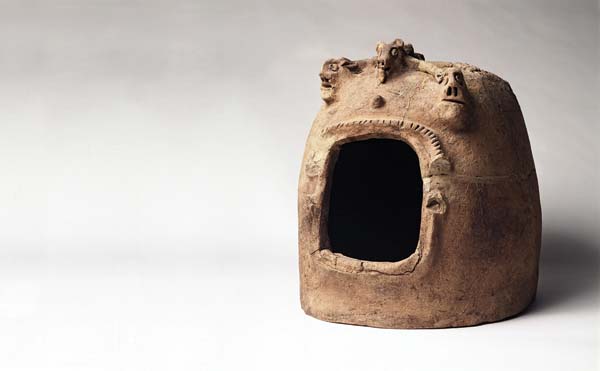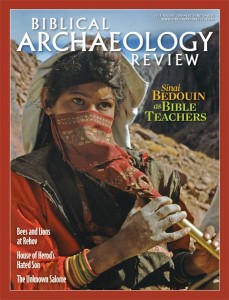To What God?
Altars and a House Shrine from Tel Rehov Puzzle Archaeologists

Recent finds from Tel Rehov shed a bright light on domestic religious observance in ancient Israel and, like so many archaeological finds, raise unanswered questions, reminding us how little we really know.
At 25 acres, Tel Rehov is one of the largest mounds in Israel. It is located a little more than half way up the Jordan Valley between the Dead Sea and the Sea of Galilee.
Rehov is mentioned in several Egyptian inscriptions. The latest one is an inscription of Shoshenq I at the temple of Amun at Karnak, Thebes. That inscription records more than 150 place names in relation to Shoshenq’s military campaign in the Land of Israel, around 925–920 B.C.E. This military campaign is also mentioned in the Bible, where Shoshenq is referred to as “Shishak” and the event is dated by the Biblical historiographer to the fifth year of King Rehoboam’s reign, shortly after Solomon’s death and the breakup of the United Kingdom into the separate states of Israel and Judah (1 Kings 14:25–28; 2 Chronicles 12:2–9). Surprisingly, Rehov is not mentioned in the Bible, although it must have been an important city in the Biblical period.
Already a library member? Log in here.
Institution user? Log in with your IP address.

